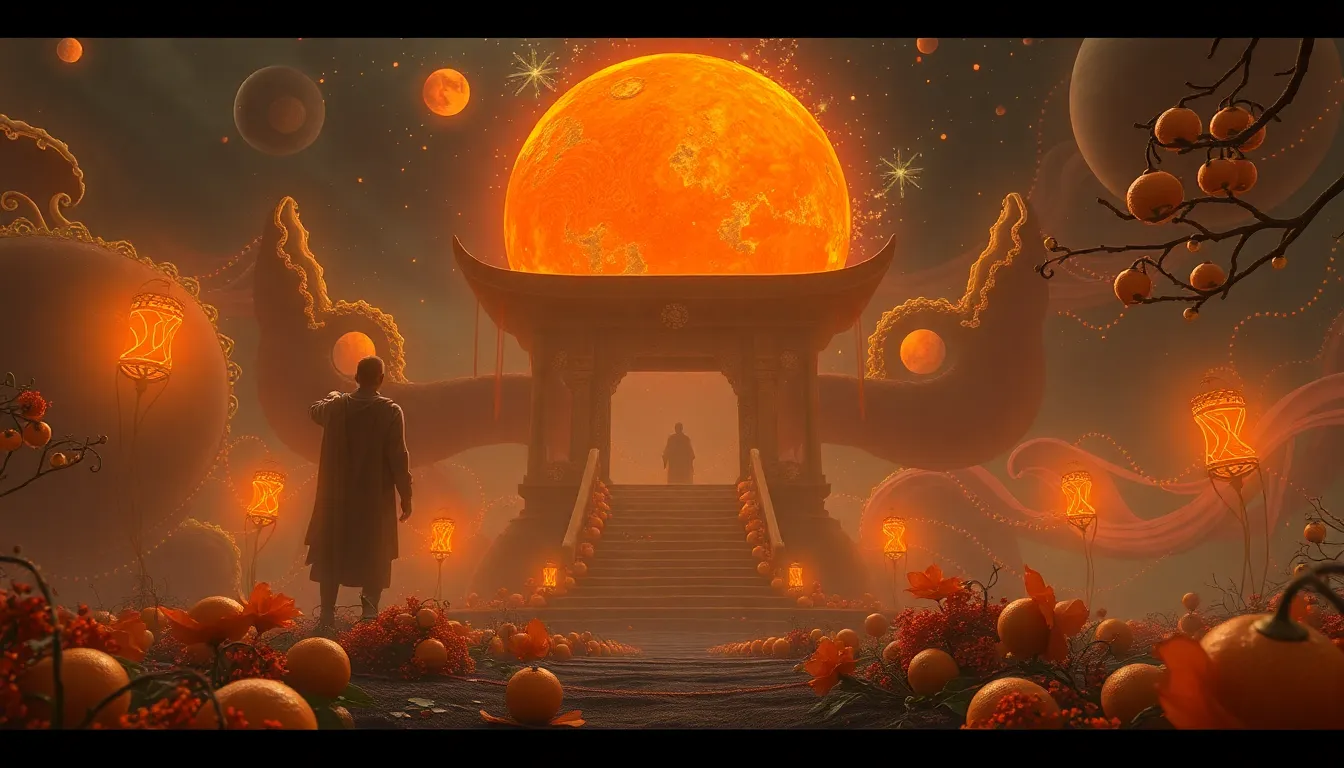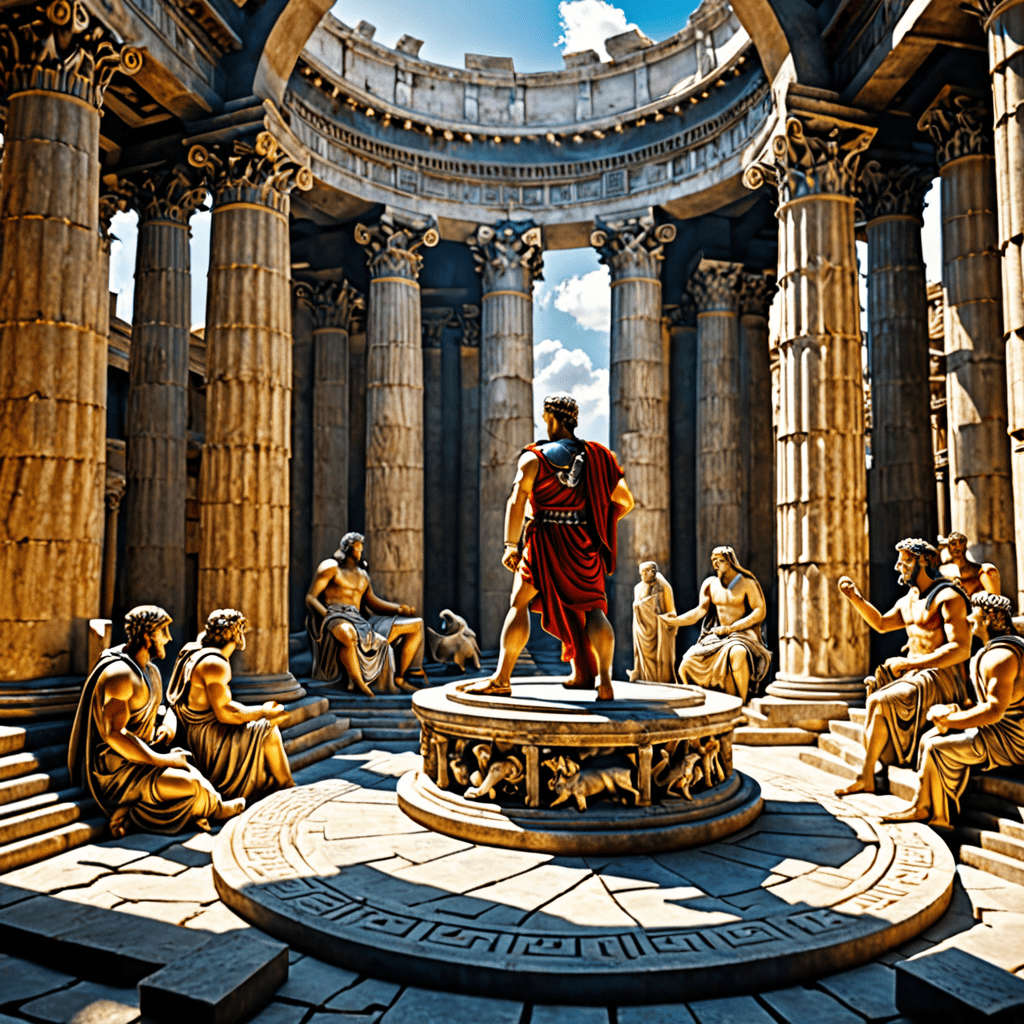Exploring the Pantheon of Norse Gods and Goddesses
When delving into the rich tapestry of Norse mythology, one cannot help but be captivated by the intricate and fascinating Pantheon of Norse Gods and Goddesses. Let’s unravel the stories and roles of these divine beings that held significant importance in the ancient Norse beliefs.
Who are the Norse Gods and Goddesses?
The Norse Pantheon comprises a diverse cast of deities, with some well-known figures such as Odin, Thor, and Freyja. Odin, the All-Father, was considered the chief of the gods, known for his wisdom, battle prowess, and association with magic. Thor, the God of Thunder, was revered for his strength and protection of both gods and humans. Freyja, the goddess of love, fertility, and war, embodied a complex range of powers and emotions.
What are the Realms and Symbols of the Norse Pantheon?
In Norse mythology, the gods and goddesses resided in Asgard, their celestial realm, while the Giants inhabited Jotunheim and the Dwarves lived in Svartalfheim. Each deity bore distinctive symbols and attributes; for example, Odin often carried a spear while riding his eight-legged steed Sleipnir, and Thor wielded the mighty hammer Mjölnir. These symbols represented the powers and domains of the respective gods and goddesses.
What were the Roles of the Norse Gods and Goddesses?
The Norse gods and goddesses played vital roles in the cosmology of the ancient Norse people. Odin, besides being the god of war, death, and wisdom, also acted as the creator of the world. Freyja’s connection to fertility and agriculture made her a revered figure for the prosperity of the land. Loki, the trickster god, sparked conflict and chaos among the gods, showcasing the balance of order and chaos in Norse mythology.
How did Norse Mythology Influence Culture and Art?
The tales of the Norse gods and goddesses permeated Viking culture, inspiring art, literature, and traditions. Runestones often depicted scenes from Norse mythology, showcasing the reverence for these deities. The Old Norse sagas and Eddas preserved these myths, ensuring that the legacy of the Norse Pantheon endured through generations.
Immersing oneself in the enchanting realm of Norse mythology unveils a world teeming with valor, wisdom, and magic, epitomized by the Pantheon of Norse Gods and Goddesses. These divine beings continue to captivate hearts and minds, leaving an indelible mark on both ancient and contemporary storytelling.
Frequently Asked Questions about Exploring the Pantheon of Norse Gods and Goddesses
What is the Norse Pantheon?
The Norse Pantheon refers to the collective gods and goddesses worshipped in Norse mythology. These deities play various roles in the Norse cosmology and are often associated with different aspects of life, nature, and the human experience.
Who are some prominent Norse gods and goddesses?
Some well-known Norse gods include Odin, the Allfather and god of wisdom, Thor, the mighty god of thunder, and Freyja, the goddess of love and fertility. Other notable figures include Loki, the trickster god, and Frigg, the queen of Asgard.
What are some key characteristics of Norse mythology?
Norse mythology is known for its intricate stories of creation, epic battles among gods and giants, and the concept of the cosmic tree Yggdrasil. The mythology also incorporates themes of honor, destiny, and the cycle of life and death.
How do I learn more about the Norse gods and goddesses?
To delve deeper into Norse mythology, you can explore ancient texts like the Poetic Edda and Prose Edda, as well as modern retellings and scholarly works. Online resources, museums, and cultural events may also provide valuable insights into the Norse pan



